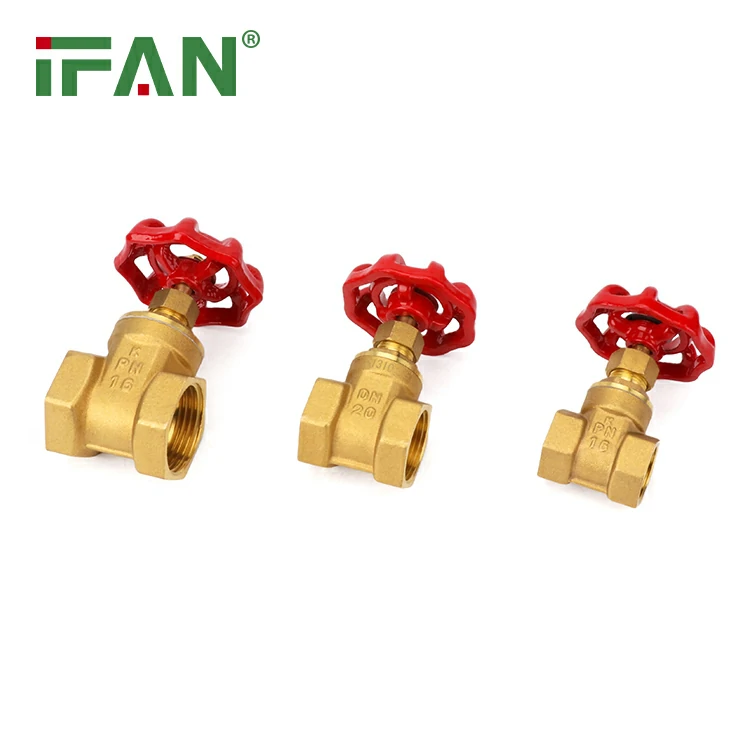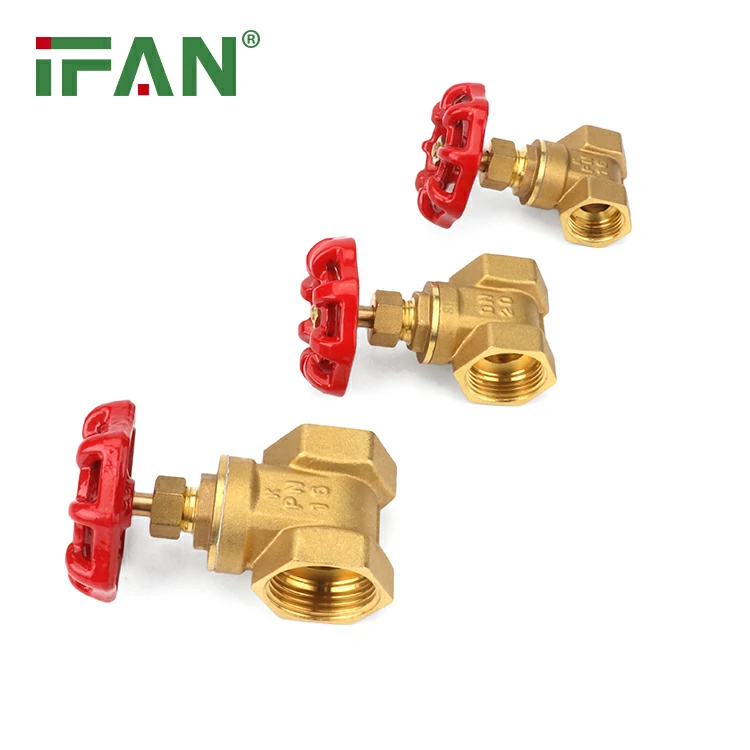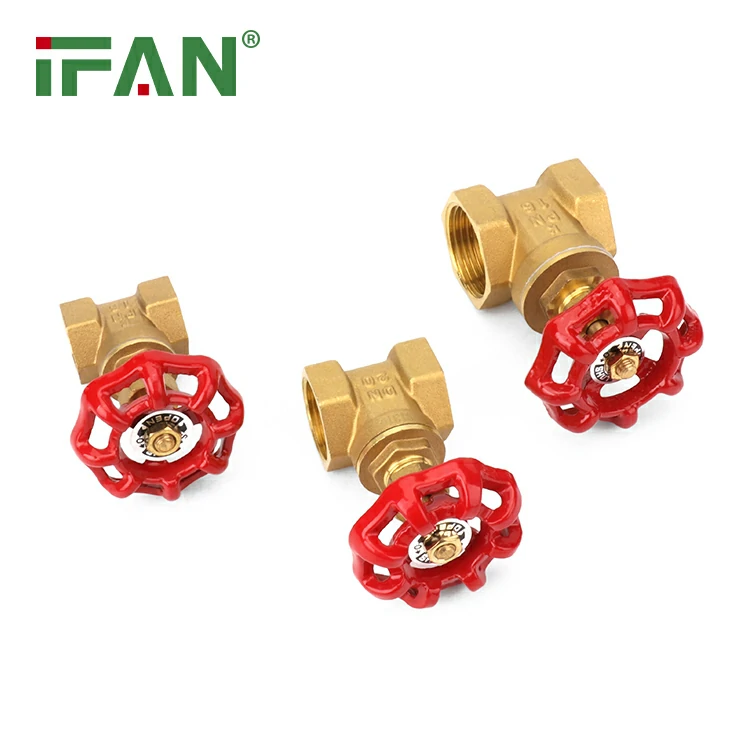Description
Introduction to Gate Valves
A gate valve controls fluid flow by raising or lowering a gate inside the valve body.
They are widely used in residential, commercial, and industrial water or gas systems.
Knowing the valve’s position is essential for proper maintenance and system operation.
Incorrect valve positioning can cause leaks, pressure issues, or complete system failure.
Unlike ball valves, gate valves offer gradual control instead of instant on/off functions.
They are typically found on main water lines or irrigation setups.
Understanding how to determine whether it is open or closed can prevent costly errors.
This guide explains how to recognize a gate valve’s status through visual and operational cues.
Check the Handle Position
Most gate valves have a round or wheel-shaped handle on the top.
Turn the handle clockwise to close and counterclockwise to open.
If the handle turns freely without resistance, it may already be fully open or closed.
A fully closed gate valve typically stops turning when resistance is felt.
When opening, the handle usually turns multiple full rotations.
Count the turns while operating the handle to understand valve movement.
A partially turned handle may indicate a half-open or jammed valve.
Use consistent turning pressure and avoid forcing the handle if it’s stuck.
Visual Indicators on the Valve Stem
Some gate valves have rising stems, which provide a visual clue about their status.
When the valve is open, the stem visibly extends upward.
When the valve is closed, the stem retracts or is flush with the valve body.
This is one of the most reliable indicators of valve position.
Not all gate valves have this design; check your model before relying on the stem.
If your valve includes a threaded stem, its height indicates gate position.
Always inspect the stem for damage or corrosion, which may mislead valve status.
Marking the stem’s open and closed positions with tape can help track movement.
Listen and Feel During Operation
Sound and vibration can also indicate whether the gate valve is open or closed.
When opening the valve, you may hear water flowing through the pipe.
If no sound occurs, the valve might still be closed or the line is blocked.
Feeling the pipe for vibrations also helps determine flow.
Closed valves usually result in no vibration or noise.
Be careful not to confuse trapped pressure sounds with actual flow.
Touch the pipe downstream to detect movement caused by fluid passage.
Use caution, especially with hot water or gas lines.
Observe System Behavior
Monitor appliances or outlets connected to the valve for water flow.
If the gate valve controls water to a tap, test the tap before and after operation.
No change in flow suggests the valve is either stuck or broken.
Observe pressure gauges, if available, on either side of the valve.
Pressure drop on one side may confirm the valve is shut.
Stable pressure through the system often indicates the valve is open.
If the system doesn’t respond after turning the valve, further inspection is needed.
Always make changes gradually to prevent hydraulic shock or damage.
Use Tags or Labels
To avoid confusion, clearly mark the valve’s open and closed directions.
Place tags on the handle indicating “Open” and “Closed” with arrows.
This is especially helpful in larger or multi-valve systems.
In shared spaces or buildings, labeled valves reduce the chance of user error.
Use waterproof labels for outdoor installations.
If the system is accessed by maintenance staff, clear tags are vital.
Record the normal operating state of each gate valve in a system log.
Tagging saves time during emergencies or repairs.
Inspect for Internal Malfunctions
Sometimes the gate valve appears open but is actually stuck inside.
Corrosion, scale buildup, or mechanical damage can block full movement.
In such cases, the handle may rotate without changing the valve state.
Turn off the main supply and remove the valve cap if necessary.
Inspect the internal components or call a professional plumber.
A worn gate or stripped threads could lead to false indicators.
Routine maintenance helps ensure the valve operates correctly.
If repeated issues occur, replacement may be more effective than repair.
When to Replace the Gate Valve
A gate valve that doesn’t fully open or close poses risks to your system.
Signs of failure include water leakage, reduced pressure, or incomplete shut-off.
Frequent maintenance or forced operation is another red flag.
Older valves, especially in outdoor or corrosive environments, may fail silently.
If the stem spins freely or wobbles, internal components may be broken.
Replacing with a newer model ensures proper functionality and reliability.
Consider modern alternatives like ball valves for easier use.
Always consult a qualified technician before making changes to system plumbing.
Conclusion
Understanding your gate valve’s status helps maintain safe and efficient system performance.
Check the handle, stem, sound, and system flow for clues.
Use labeling and routine inspection to confirm the correct position.
A functioning gate valve is essential for water or gas system safety.
If signs of failure appear, don’t hesitate to inspect or replace it.
Knowing whether the gate valve is open or closed prevents accidents and costly repairs.
Reliable valve control ensures steady pressure and consistent flow across the system.
Use this guide to stay informed and confident in your plumbing management.
相关产品
- Brass Gate Valve
IFAN 81312 Brass Gate Valve
- Brass Gate Valve
IFAN 81311 Brass Gate Valves
- Brass Filter Valve
IFAN Control Valve
- Brass Valve
Brass Gate Valve
HAVE ANY QUERIES? SEND TO CONTACTOANTSMACHINE.COM
ONTACT US













